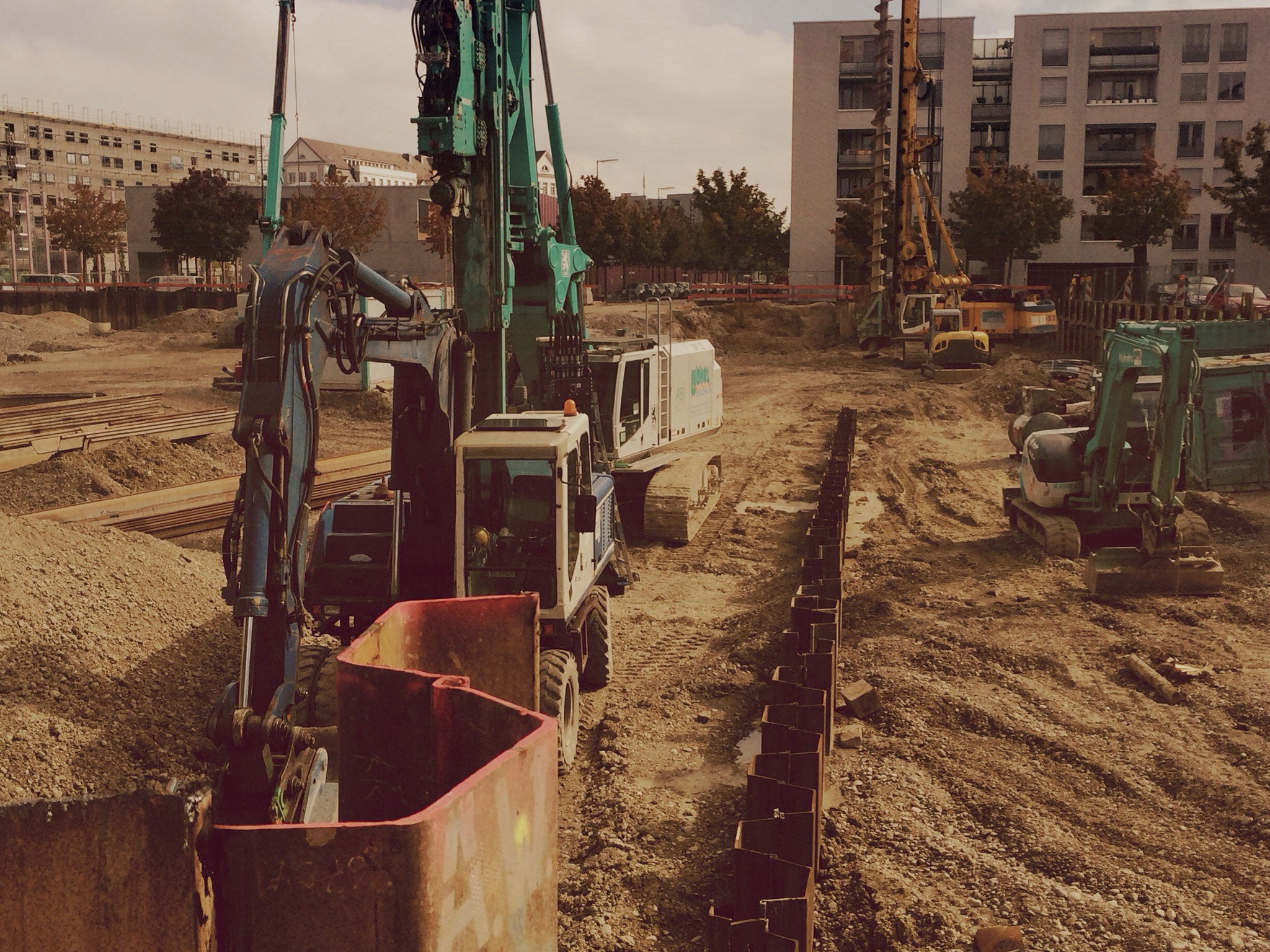Earthquake of 4.6 magnitude in British Columbia caused by fracking, says regulator
Scientists claim last summer’s quake might be the largest caused by hydraulic fracturing

Your support helps us to tell the story
From reproductive rights to climate change to Big Tech, The Independent is on the ground when the story is developing. Whether it's investigating the financials of Elon Musk's pro-Trump PAC or producing our latest documentary, 'The A Word', which shines a light on the American women fighting for reproductive rights, we know how important it is to parse out the facts from the messaging.
At such a critical moment in US history, we need reporters on the ground. Your donation allows us to keep sending journalists to speak to both sides of the story.
The Independent is trusted by Americans across the entire political spectrum. And unlike many other quality news outlets, we choose not to lock Americans out of our reporting and analysis with paywalls. We believe quality journalism should be available to everyone, paid for by those who can afford it.
Your support makes all the difference.An earthquake of 4.6 magnitude in western Canada was caused by fracking, according to the region's energy regulator.
The British Coumbia Oil and Gas Commission said that the earthquake, which occurred in August, “was caused by fluid injection during hyrdraulic fracturing from an operator in the area,” the Globe and Mail reported.
Fracking operations have triggered small earthquakes in the past, but scientists claim last summer’s quake in British Columbia might be the largest caused by hydraulic fracturing, according to CBC news.
The epicentre of the quake was three kilometres from a fracking site operated by Progress Energy. Workers at the site reported that their trucks shook and power poles swayed. In a written statement, Progress Energy says it takes the incident very seriously and is closely monitoring seismic activity near its site, the Globe and Mail reported.
Hydraulic fracturing or "fracking" as it is more commonly known, involves pumping a mixture of sand, water and chemicals underground at high pressures to fracture rock and release trapped natural gas.
Join our commenting forum
Join thought-provoking conversations, follow other Independent readers and see their replies
Comments